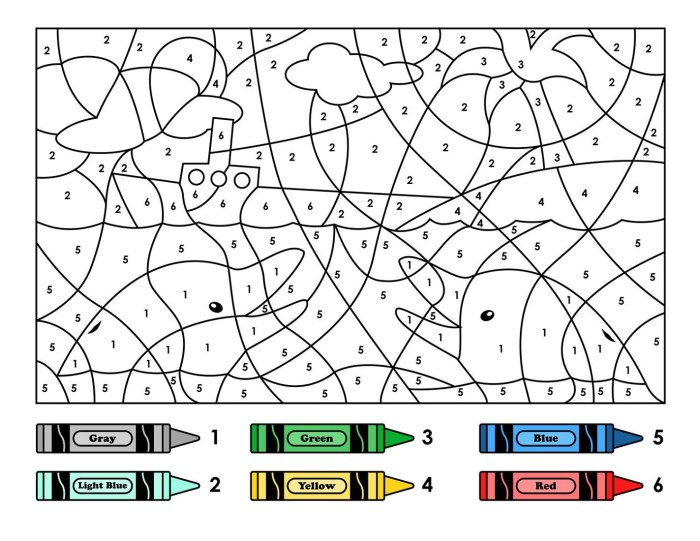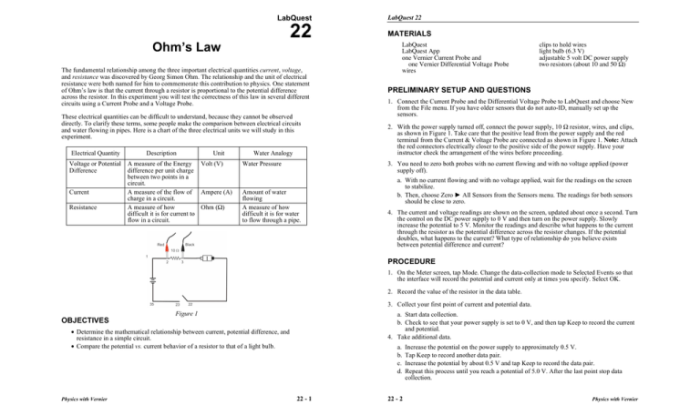Color by number net force, an innovative technique that employs color-coded numbers to represent net force, has emerged as a powerful tool for visualizing complex force interactions. This approach offers a unique and engaging way to understand and analyze force dynamics, making it valuable across various fields such as engineering, physics, and education.
By assigning specific colors to different magnitudes and directions of force, color by number net force creates a visual representation that simplifies complex force interactions. This visualization aids in identifying patterns, understanding relationships between forces, and predicting the resulting motion of objects.
Color by Number Representation of Net Force

The color by number representation of net force is a visual method for representing the magnitude and direction of the net force acting on an object.
In this representation, different colors are assigned to different ranges of net force values. For example, red may be used to represent high net forces, while blue may be used to represent low net forces.
Color by number net force is a fun way to learn about the forces that act on objects. For example, a force that pulls objects towards each other is called a “no sabo” force. If you’re looking for a list of no sabo kid words, check out this resource . You can use these words to practice identifying and describing forces in your color by number net force activities.
Advantages of Color by Number Representation
- Easy to understand:The color-coded numbers make it easy to visualize the magnitude and direction of the net force.
- Quick to interpret:The color-coded numbers allow for quick interpretation of the net force, even for complex systems.
Limitations of Color by Number Representation
- Limited range of values:The color-coded numbers can only represent a limited range of net force values.
- Subjective interpretation:The interpretation of the color-coded numbers can be subjective, depending on the viewer’s perception of color.
Applications of Color by Number Net Force
Color by number net force is a powerful tool that finds applications in various fields, including engineering, physics, and education.
Engineering
In engineering, color by number net force is used to visualize and analyze the forces acting on structures and machines. This helps engineers to identify potential weak points and design structures that are safe and efficient. For example, color by number net force has been used to analyze the forces acting on bridges, buildings, and airplanes.
Physics
In physics, color by number net force is used to teach students about the concepts of force and motion. By visualizing the forces acting on an object, students can better understand how these forces affect the object’s motion. Color by number net force has also been used to develop interactive simulations that allow students to explore the effects of different forces on objects.
Education
In education, color by number net force is used as a teaching tool to help students learn about the concepts of force and motion. By using color by number net force, teachers can create visual representations of the forces acting on an object, which can help students to better understand how these forces affect the object’s motion.
Color by number net force can also be used to create interactive simulations that allow students to explore the effects of different forces on objects.
Methods for Generating Color by Number Net Force Representations

Color by number net force representations can be generated using various algorithms and techniques. These methods differ in their accuracy and efficiency, depending on the specific requirements of the application.
Grid-Based Methods, Color by number net force
Grid-based methods divide the force field into a grid of cells. The net force at each cell is calculated and represented by a color according to a predefined color scale. These methods are relatively simple to implement and computationally efficient, but their accuracy is limited by the resolution of the grid.
Vector Field Interpolation
Vector field interpolation methods approximate the net force field using a mathematical function. The function is interpolated from a set of sample points where the net force is known. This approach can provide higher accuracy than grid-based methods, but it can be more computationally expensive.
Machine Learning
Machine learning algorithms can be used to learn the relationship between the input force field and the corresponding net force. These algorithms can generate accurate representations of the net force field, even in complex or irregular geometries. However, they require a large dataset of training data and can be computationally intensive.
Visualizing Complex Force Interactions: Color By Number Net Force
Color by number net force is a powerful tool for visualizing complex force interactions in systems with multiple objects. By assigning different colors to different magnitudes of net force, it becomes possible to see at a glance how the forces acting on each object are balanced or unbalanced.
This visualization can be particularly helpful in understanding and analyzing force dynamics in situations where there are multiple forces acting on each object, such as in a collision or a system of pulleys. By seeing how the colors of the net force vectors change as the system evolves, it is possible to gain insights into the relative strengths and directions of the forces involved.
Example of a Collision
Consider the example of a collision between two objects. Before the collision, the net force on each object is zero. At the moment of impact, the net force on each object is equal to the force of the collision. After the collision, the net force on each object is equal to the force of friction between the objects.
By color coding the net force on each object, it is possible to see how the forces change during the collision. This visualization can help to understand the momentum and energy transfer that occurs during the collision.
Pedagogical Applications of Color by Number Net Force

Color by number net force representations are a valuable tool for teaching physics and engineering concepts. They provide a visual representation of the forces acting on an object, making it easier for students to understand the concept of net force and its effects.
One way to use color by number net force representations in the classroom is to have students create their own. This can be done by providing them with a diagram of an object and asking them to draw vectors to represent the forces acting on it.
Students can then use a color-coded key to determine the magnitude and direction of each force.
Lesson Plans and Activities
There are a number of lesson plans and activities that incorporate color by number net force representations. One popular activity is the “Tug-of-War” activity. In this activity, students work in pairs to create a color by number representation of the forces acting on a rope in a tug-of-war.
Students then use their representations to determine which team will win the tug-of-war.
Another popular activity is the “Forces on a Car” activity. In this activity, students create a color by number representation of the forces acting on a car. Students then use their representations to determine the net force on the car and its acceleration.
Interactive Tools and Resources
Interactive tools and online resources offer accessible platforms for creating and exploring color by number net force representations. These resources provide user-friendly interfaces and intuitive features, making them valuable for students, educators, and individuals interested in visualizing force interactions.
Some notable tools and resources include:
Interactive Net Force Simulation
- Link: https://phet.colorado.edu/sims/html/forces-and-motion-basics/latest/forces-and-motion-basics_en.html
- Features: This interactive simulation from PhET allows users to manipulate objects and forces, visualize the resulting net force, and observe its effects on motion. Users can adjust the magnitude and direction of forces, explore different scenarios, and analyze the relationship between force and motion.
Vector Addition and Subtraction
- Link: https://www.education.com/science-fair/article/vector-addition-subtraction/
- Features: This online resource provides an interactive tool for visualizing vector addition and subtraction. Users can input the magnitude and direction of two vectors, and the tool will graphically display the resultant vector. This resource is useful for understanding the principles of vector addition and its application in calculating net force.
Force Diagrams and Net Force
- Link: https://www.khanacademy.org/science/ap-physics-1/ap-linear-momentum/net-force-and-newton-s-laws/a/force-diagrams-and-net-force
- Features: This video tutorial from Khan Academy explains the concept of force diagrams and net force. It provides a step-by-step guide on how to draw force diagrams and calculate net force. The tutorial includes interactive examples and exercises, making it a valuable resource for students learning about force interactions.
Future Developments and Applications
Color by number net force representations have emerged as a valuable tool for visualizing and understanding force interactions. As technology and our understanding of physics continue to advance, we can expect to see further developments and applications of this technique.
One potential area of development is the integration of color by number net force representations with other visualization techniques. By combining different visualization methods, we can create even more comprehensive and informative representations of force interactions. For example, we could combine color by number representations with 3D visualizations to create interactive simulations that allow users to explore force interactions from multiple perspectives.
Emerging Applications
In addition to the existing applications of color by number net force representations, there are several emerging areas where this technique could be beneficial. One promising area is the field of robotics. By using color by number representations to visualize the forces acting on a robot, engineers can better understand and optimize the robot’s movement and behavior.
Another potential application is in the field of education. Color by number representations can be used to create interactive and engaging learning experiences that help students to visualize and understand complex force interactions.
Commonly Asked Questions
What are the advantages of using color by number net force?
Color by number net force offers several advantages, including enhanced visual clarity, simplified force analysis, and improved understanding of force interactions.
How is color by number net force used in education?
Color by number net force is a valuable tool in education, as it provides students with a concrete and interactive way to visualize and understand force concepts. It can be incorporated into lesson plans and activities to make learning physics and engineering more engaging and effective.
